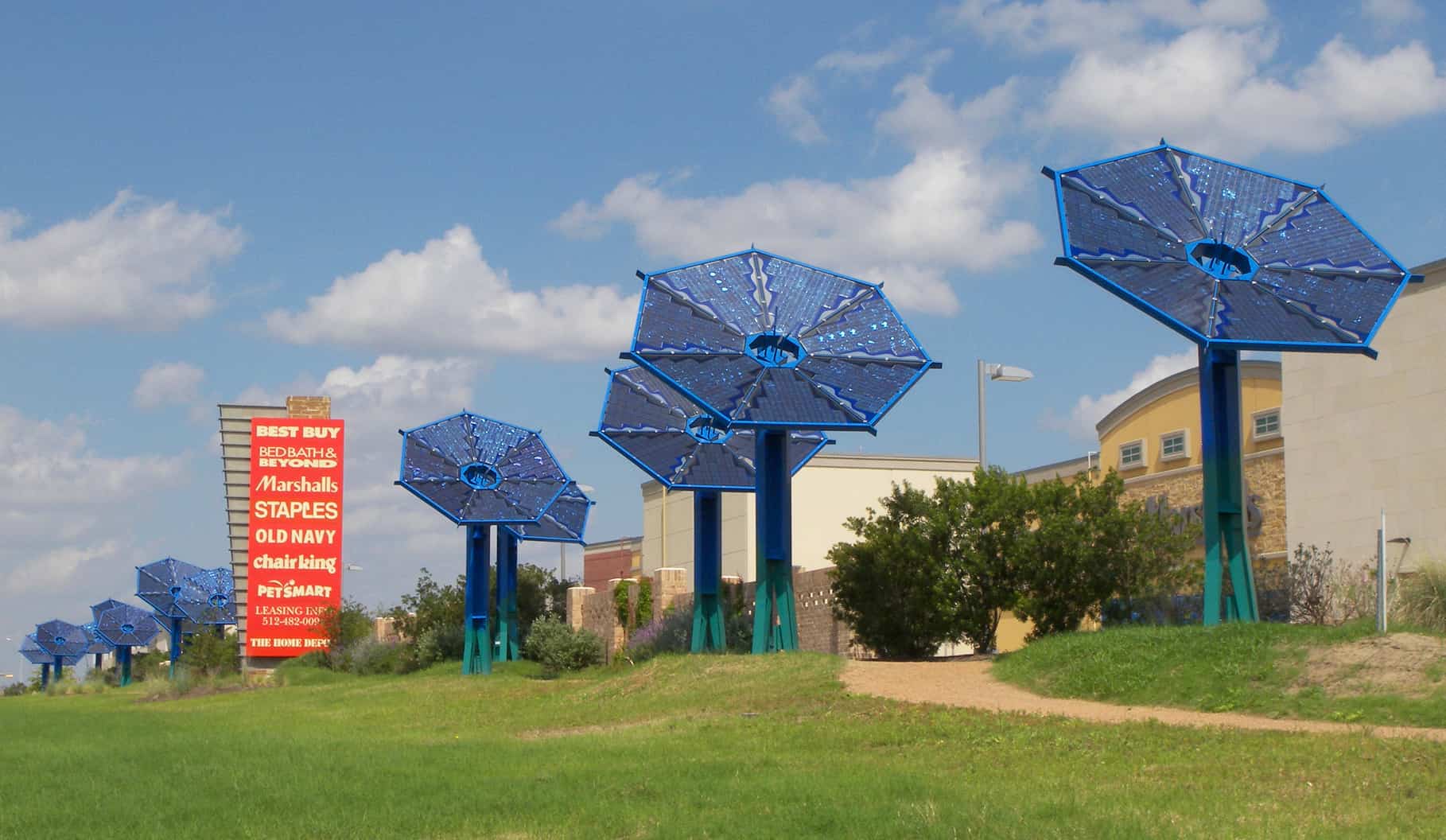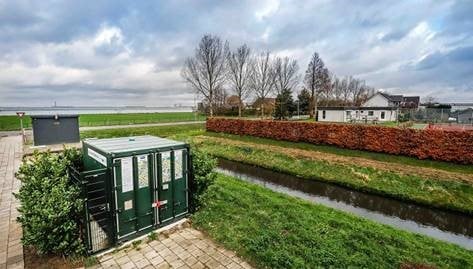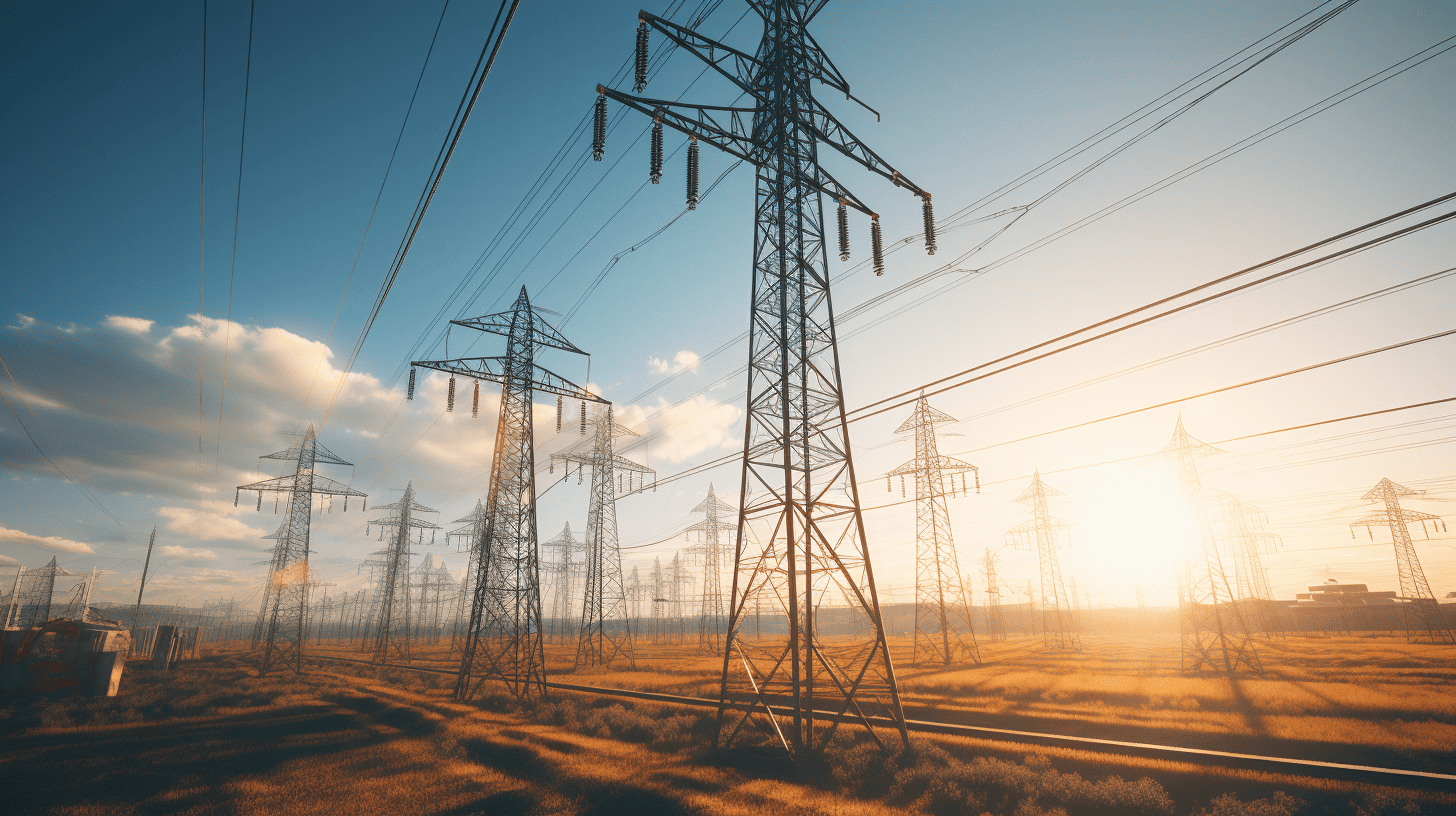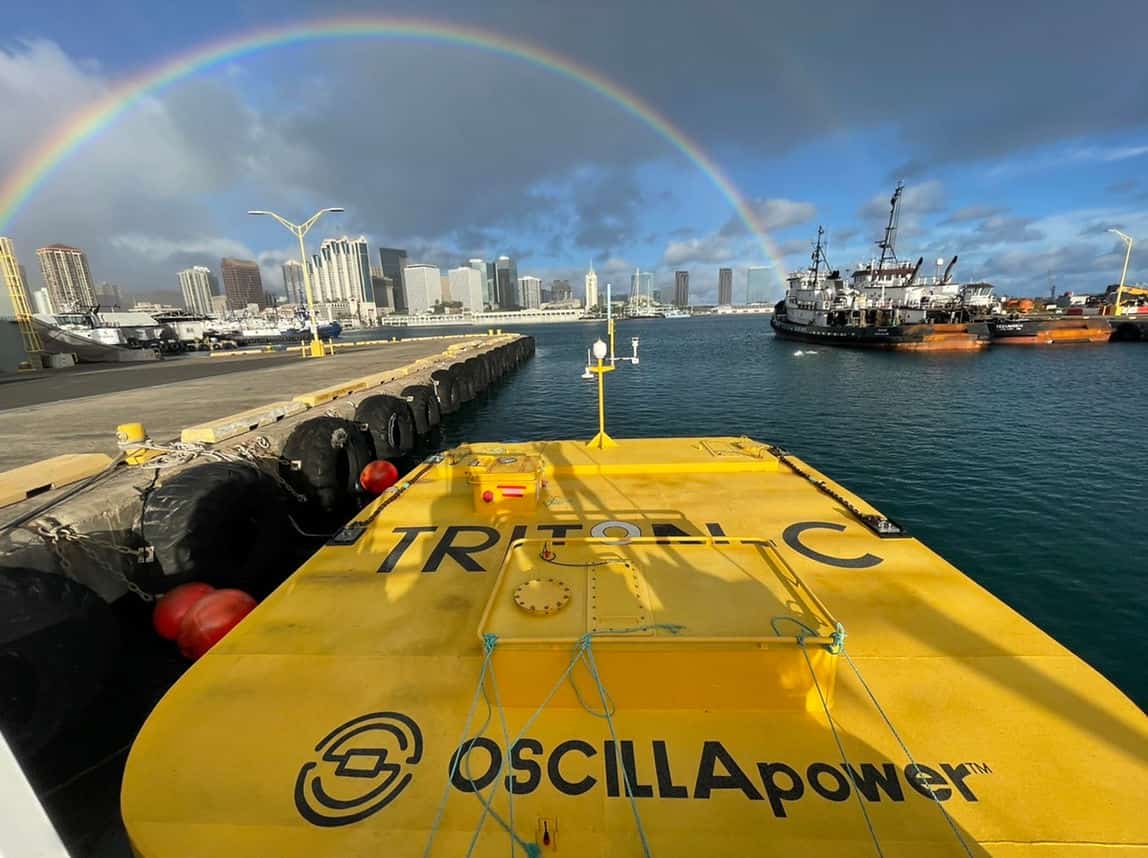
US-based Oscilla Power is making strides in renewable energy with its innovative Triton-C wave energy converter. The 100kW system, designed for remote communities and isolated power-at-sea applications, has been relocated to the Wave Energy Test Site (WETS) in Hawaii for a full-scale demonstration. The Triton-C was towed from Honolulu Harbor to the grid connection point at Kaneohe Bay’s WETS site, where it will be connected for live testing. With the theoretical annual energy potential of waves off the US coasts estimated to be 2.64 trillion KWh, this could change the face of utility-scale electricity generation.
- Oscilla Power’s Triton-C wave energy converter, with 100kW capacity, has been transported to Hawaii’s Wave Energy Test Site for full-scale demonstration.
- The Triton-C installation represents progress in harnessing wave energy.
- Waves off US coasts have an estimated 2.64 trillion KWh annual energy potential, which could meet over 60% of current US electricity needs.
Meeting the triton-C wave energy converter
The Triton-C system, developed by Oscilla Power, offers a glimpse into the potential future of renewable energy. This wave energy converter, with a power rating of 100kW, is specifically designed to serve isolated power-at-sea applications and remote communities. It utilises a unique multi-mode energy capture and architecture inspired by the larger Triton system. Hanging below the surface float via three tendons is a ring-shaped reaction structure, which is an integral part of the system.
The construction of the Triton-C system was completed in September 2023, and it was subsequently shipped to Hawaii for deployment and open water testing. The successful launch of the Triton-C in Honolulu harbor was facilitated by Pacific Shipyards International (PSI) and contractor Sea Engineering (SE). This operation involved the critical task of mating the floating hull with the large reaction ring hanging below, which was executed flawlessly thanks to the dedicated efforts of the partners, contractors, and the Oscilla Power team.
Navigating to the wave energy test site
The Triton-C wave energy converter is now stationed at the Wave Energy Test Site (WETS) in Kaneohe Bay, Hawaii. The substantial effort of towing the Triton-C from Honolulu Harbor to the WETS site took 12 hours. During this process, the team rehearsed various activities and manually tested systems under some of the significant motions experienced by the system. The results of these rehearsals will inform adjustments over the coming weeks to ensure optimum performance.
Tim Mundon, Chief Technology Officer of Oscilla Power, shared his excitement about the venture, stating, “It was an incredibly rewarding experience to get the Triton-C out to its final deployment location and see just how it operates, even if only for a few hours”. The Triton-C is now awaiting further testing and installation, a process made convenient by its proximity to the WETS launch site, just two miles away.
The future of wave energy converters
The WETS site is a pre-permitted location that provides a subsea grid connection and moorings. It is the first grid-connected wave energy test site in the United States, managed through a cooperative effort between the US Navy and the US Department of Energy (DOE), and supported by the Hawaii Natural Energy Institute and the Hawaii National Marine Renewable Energy Center.
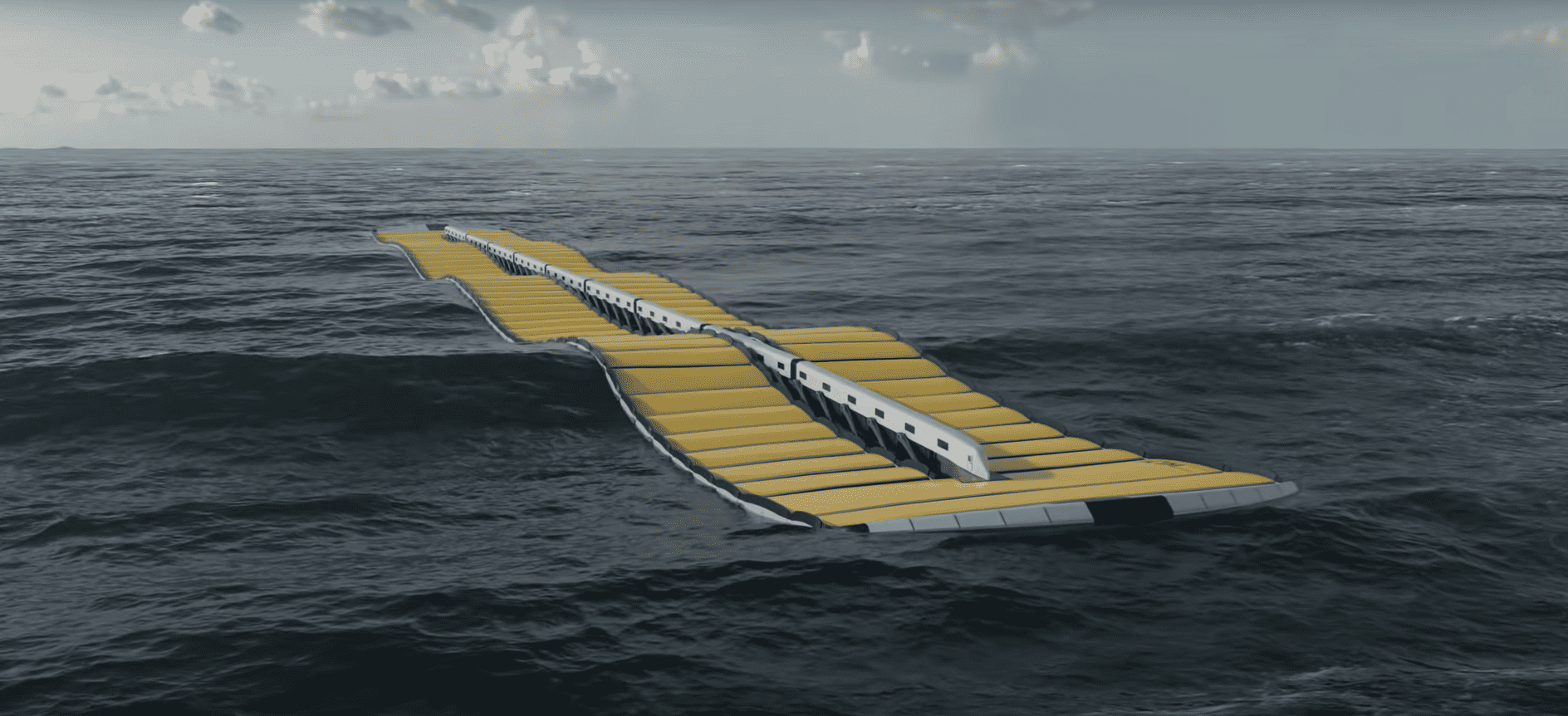
With the successful relocation and setup of the Triton-C device at the WETS site, Oscilla Power inches closer to demonstrating the capabilities of its wave energy converter. As soon as weather and infrastructure upgrades allow, the Triton-C will be towed from Honolulu to Kaneohe Bay and installed at WETS. There, it will be connected to the Hawaiian Electric Company (HECO) power grid and start supplying power to the island.
Embracing the wave of change
The Triton-C is a testament to the incredible potential of wave energy. According to the Energy Information Administration, the theoretical annual energy potential of waves off the coasts of the United States is estimated to be a massive 2.64 trillion KWh. To put this into perspective, this could account for about 64% of the total US utility-scale electricity generation in 2021.
The demonstration of the Triton-C at the WETS site represents a significant step forward in harnessing the power of ocean waves for renewable energy generation. As we face increasing environmental challenges, innovative solutions such as the Triton-C wave energy converter are not only desirable but necessary for a sustainable future.




